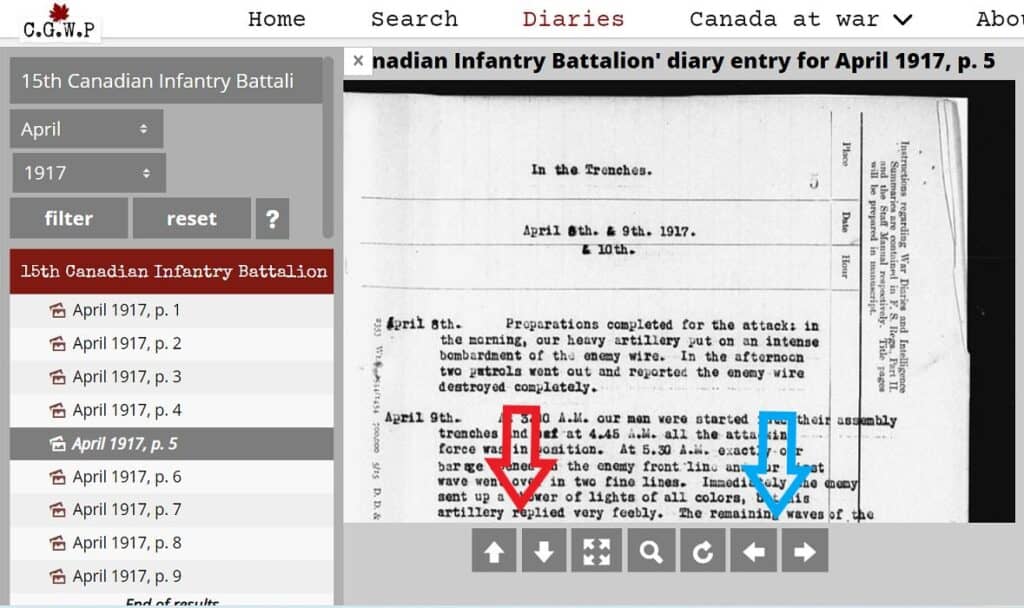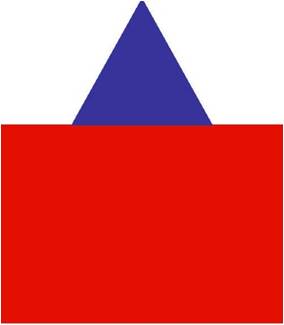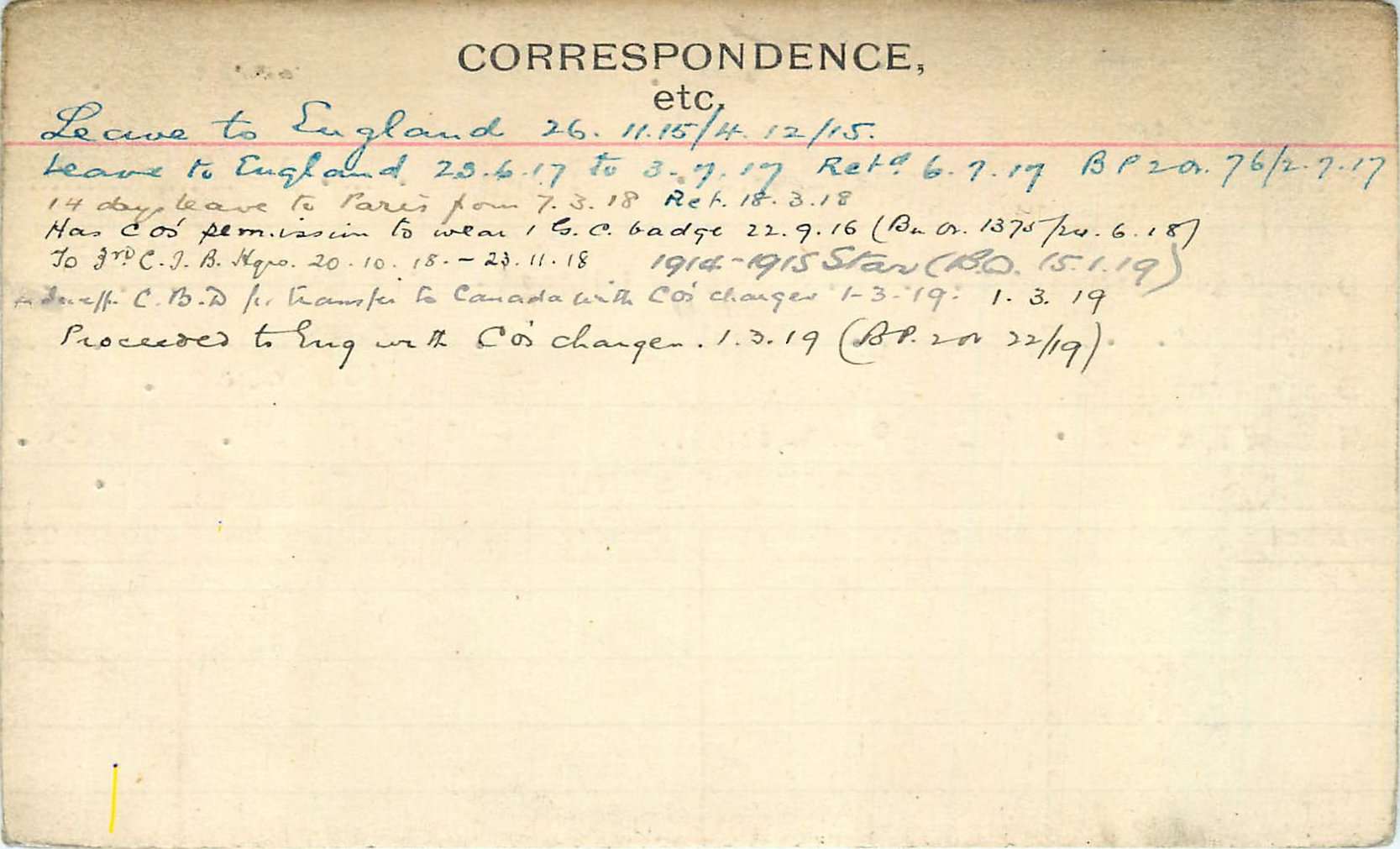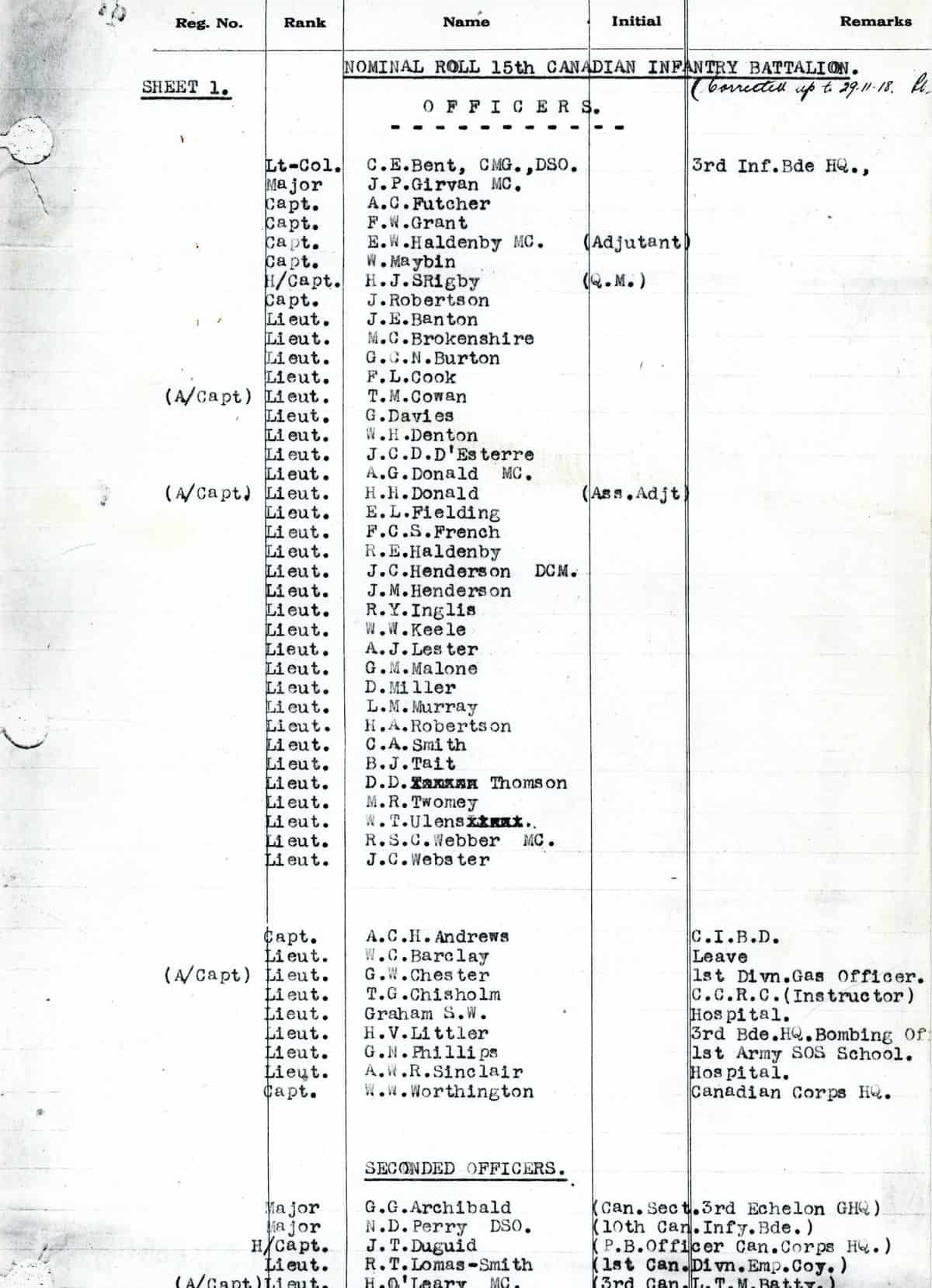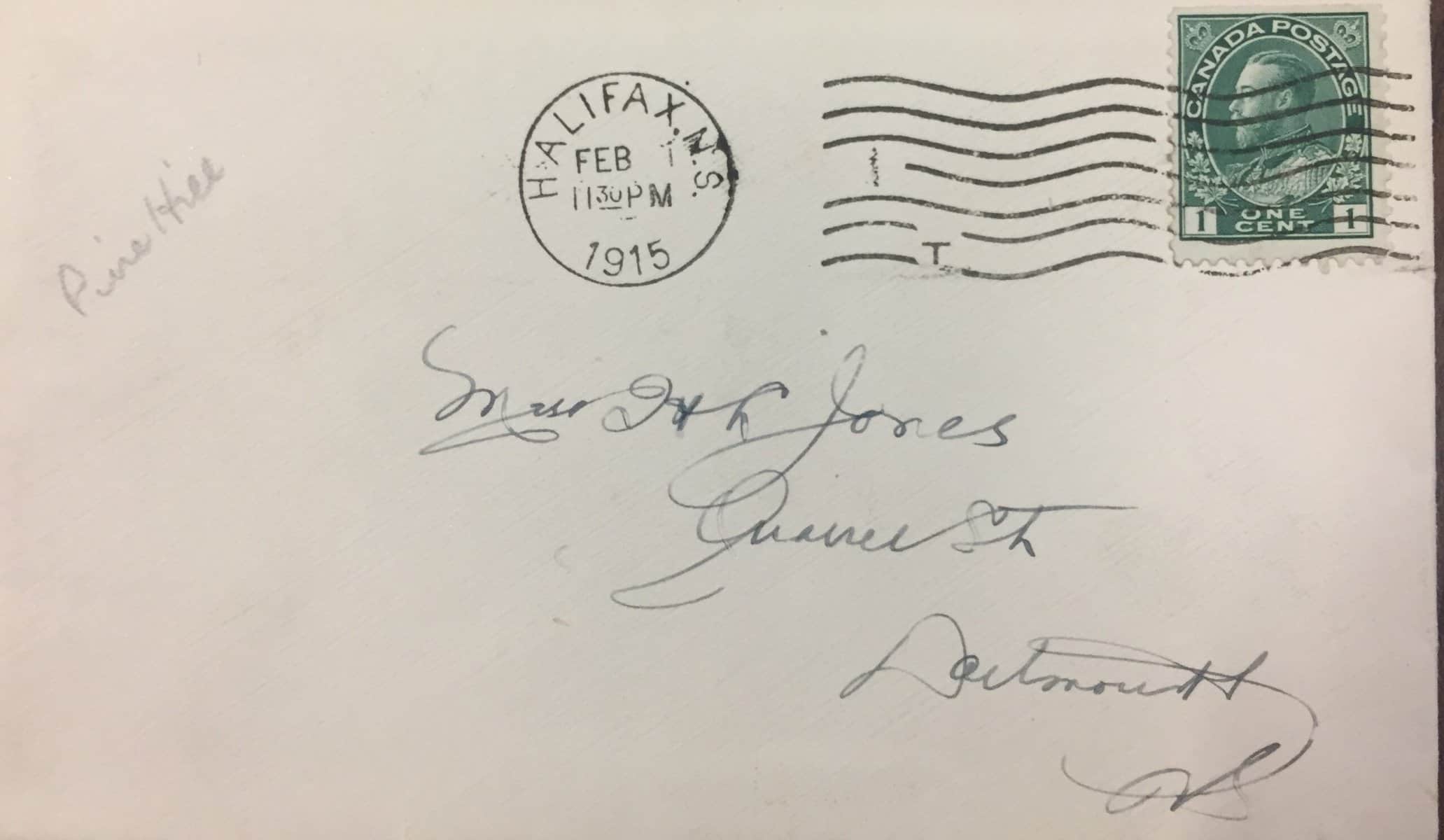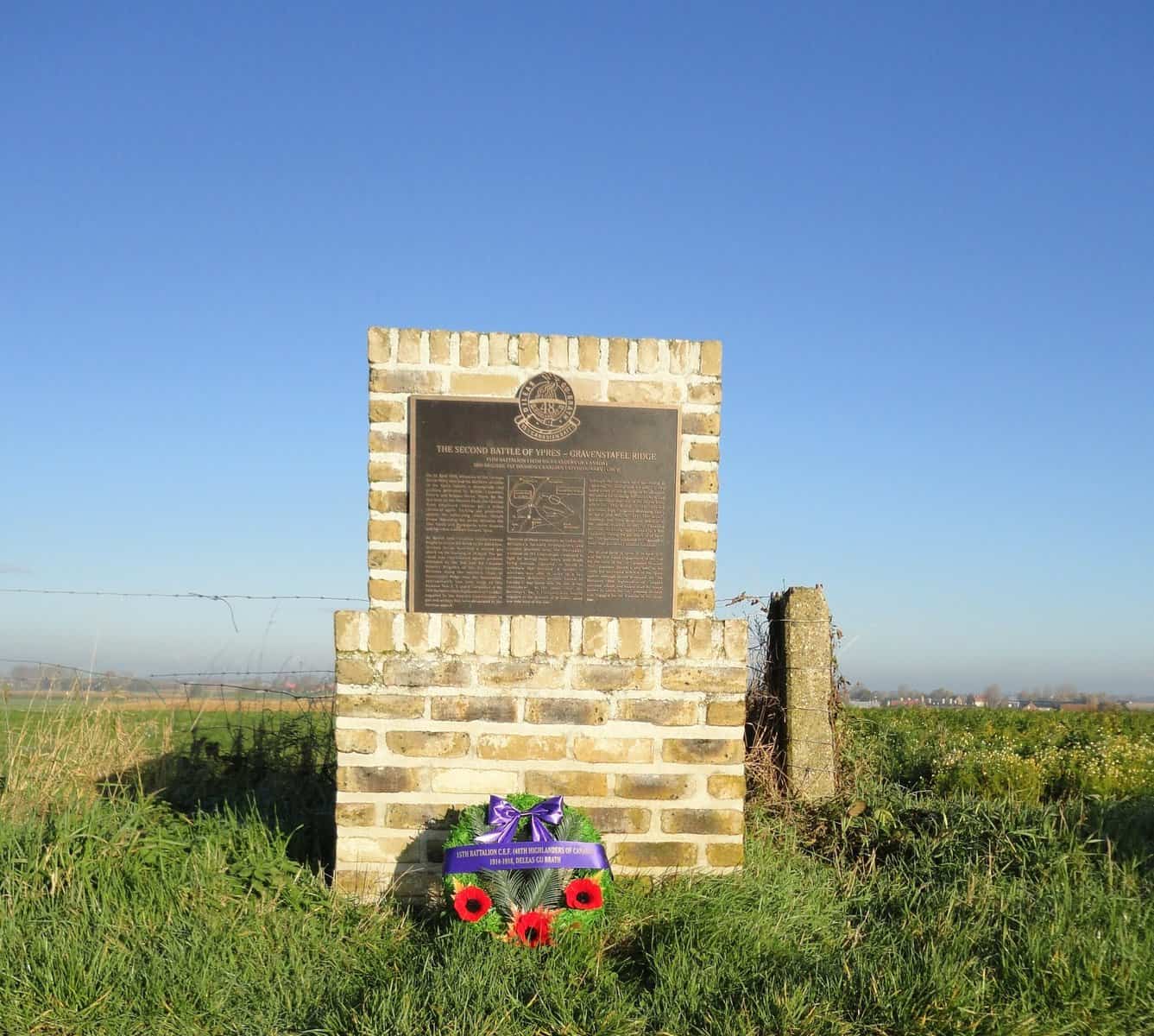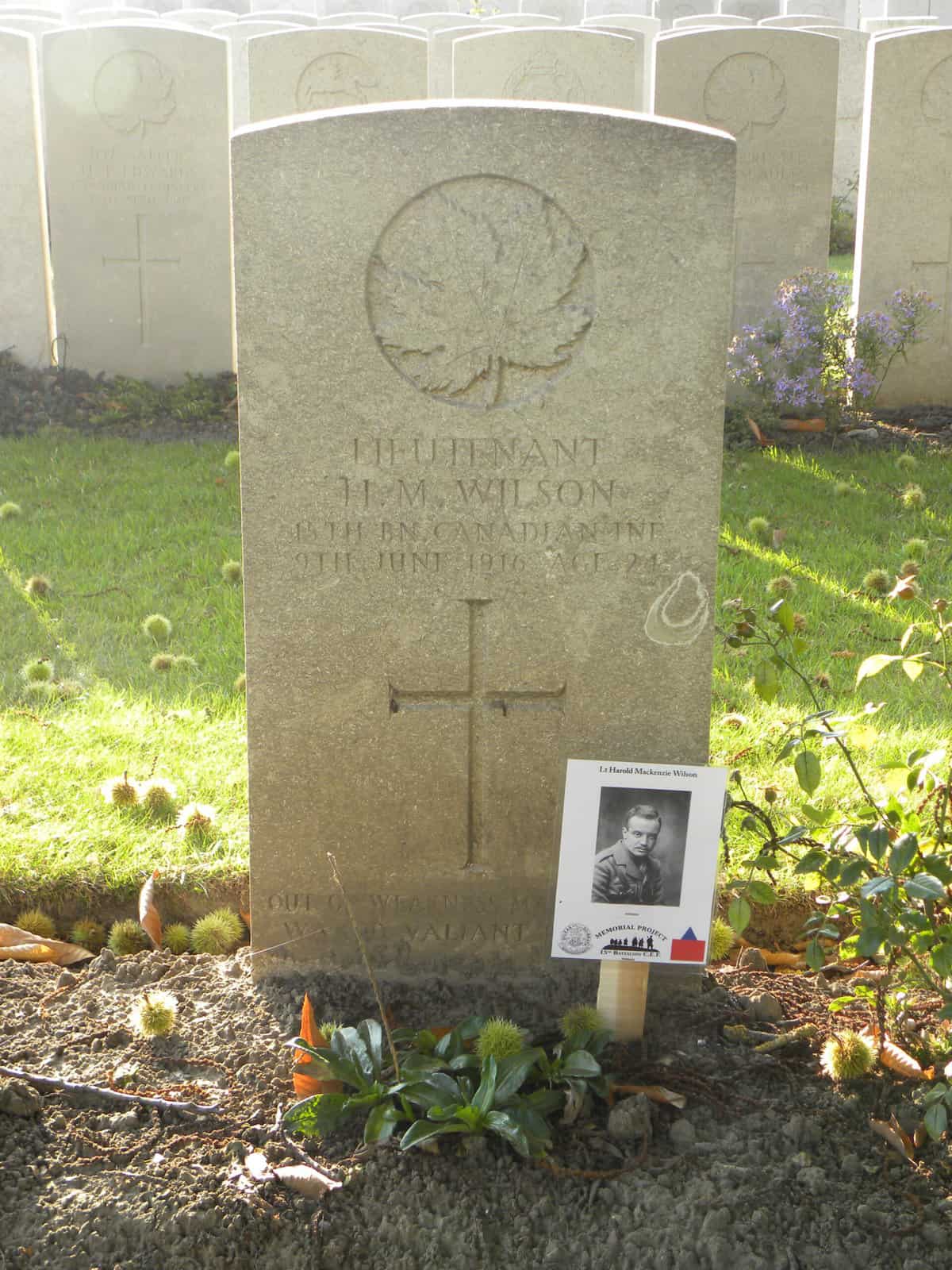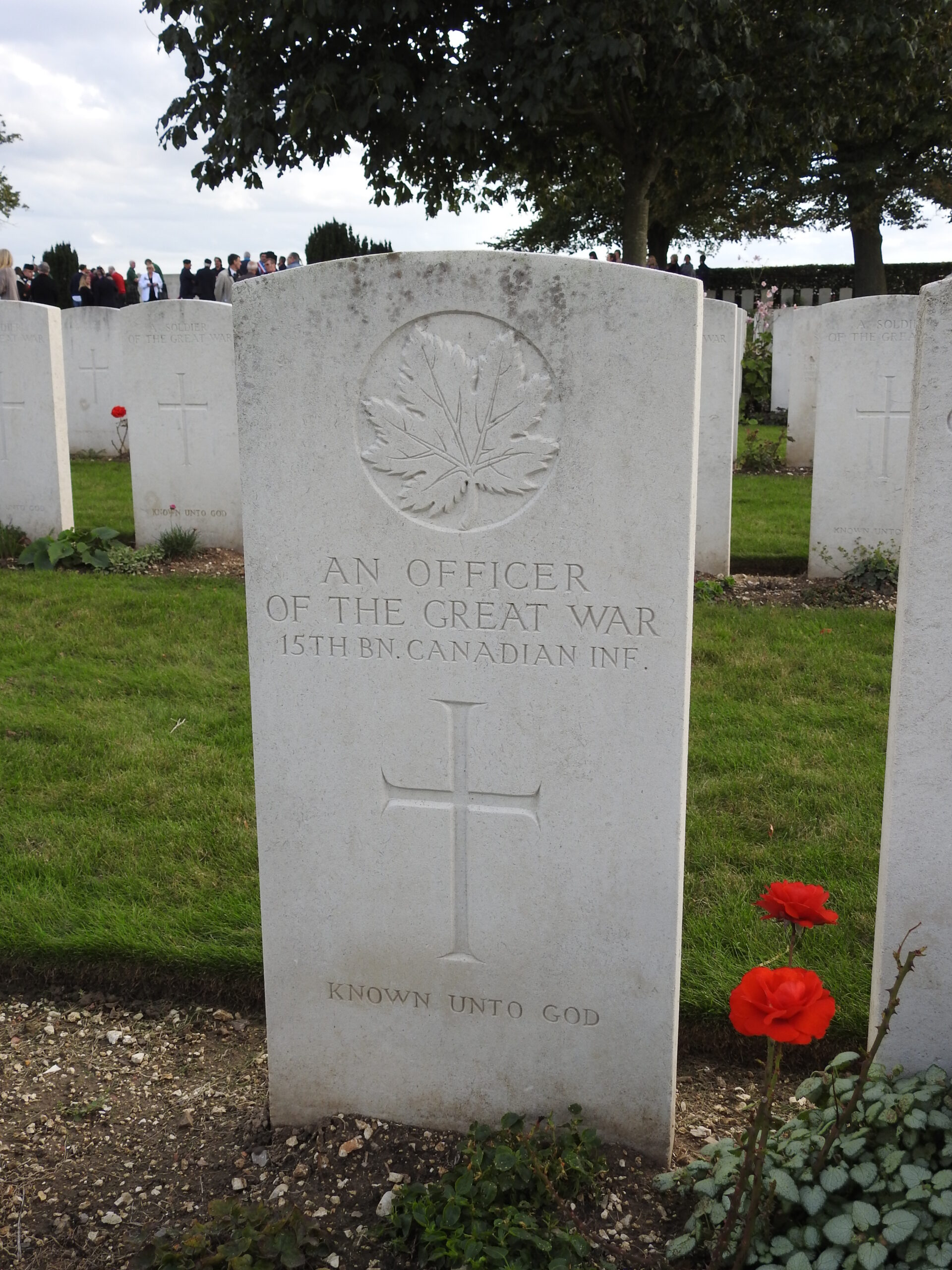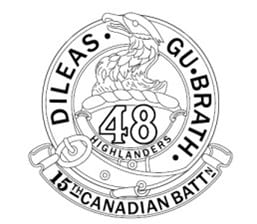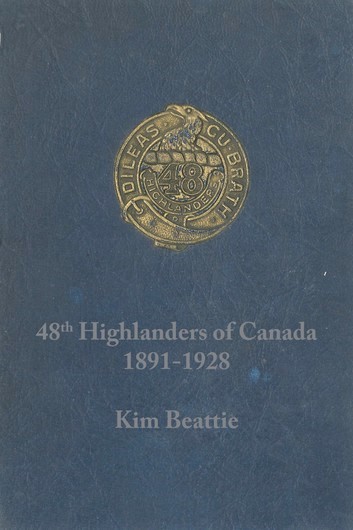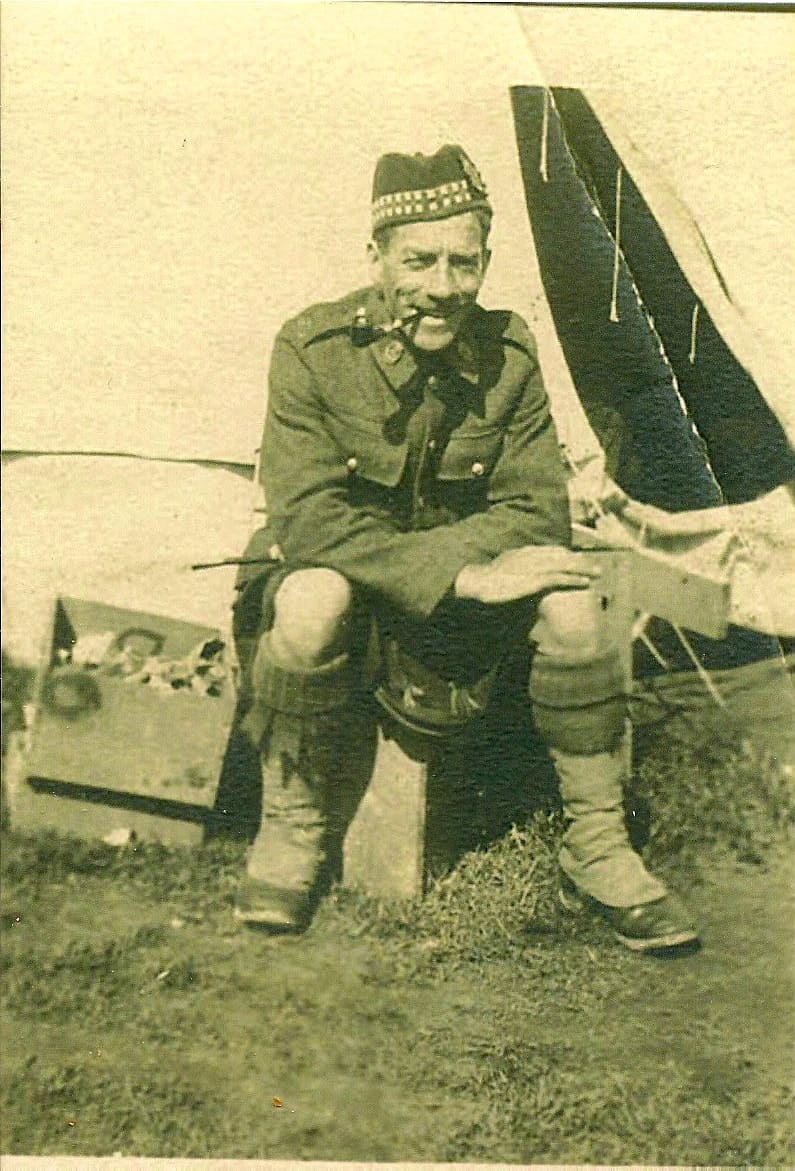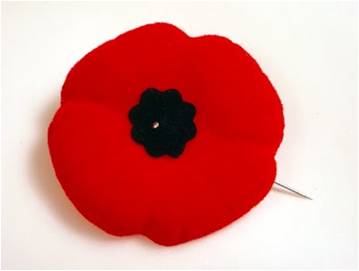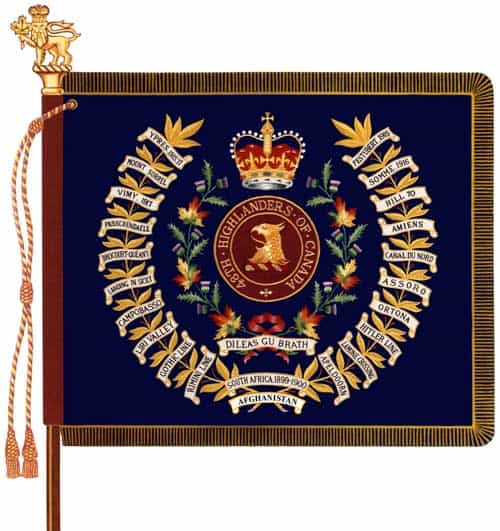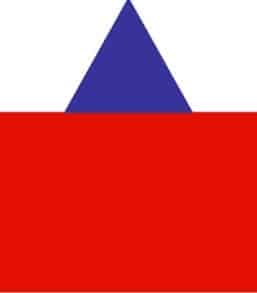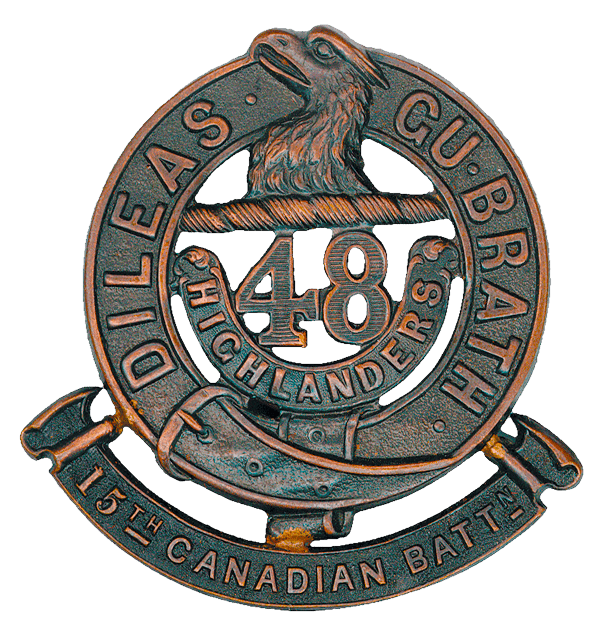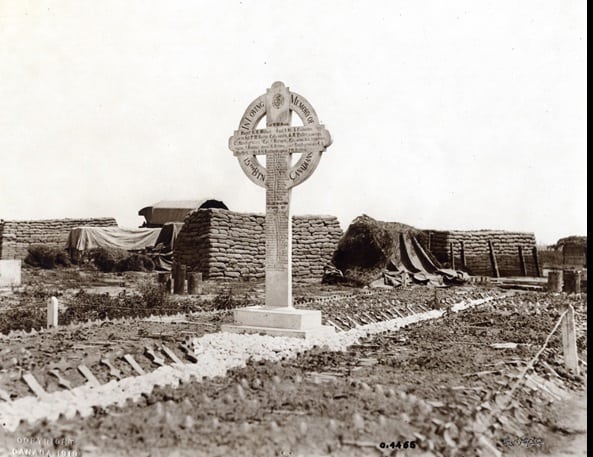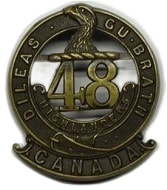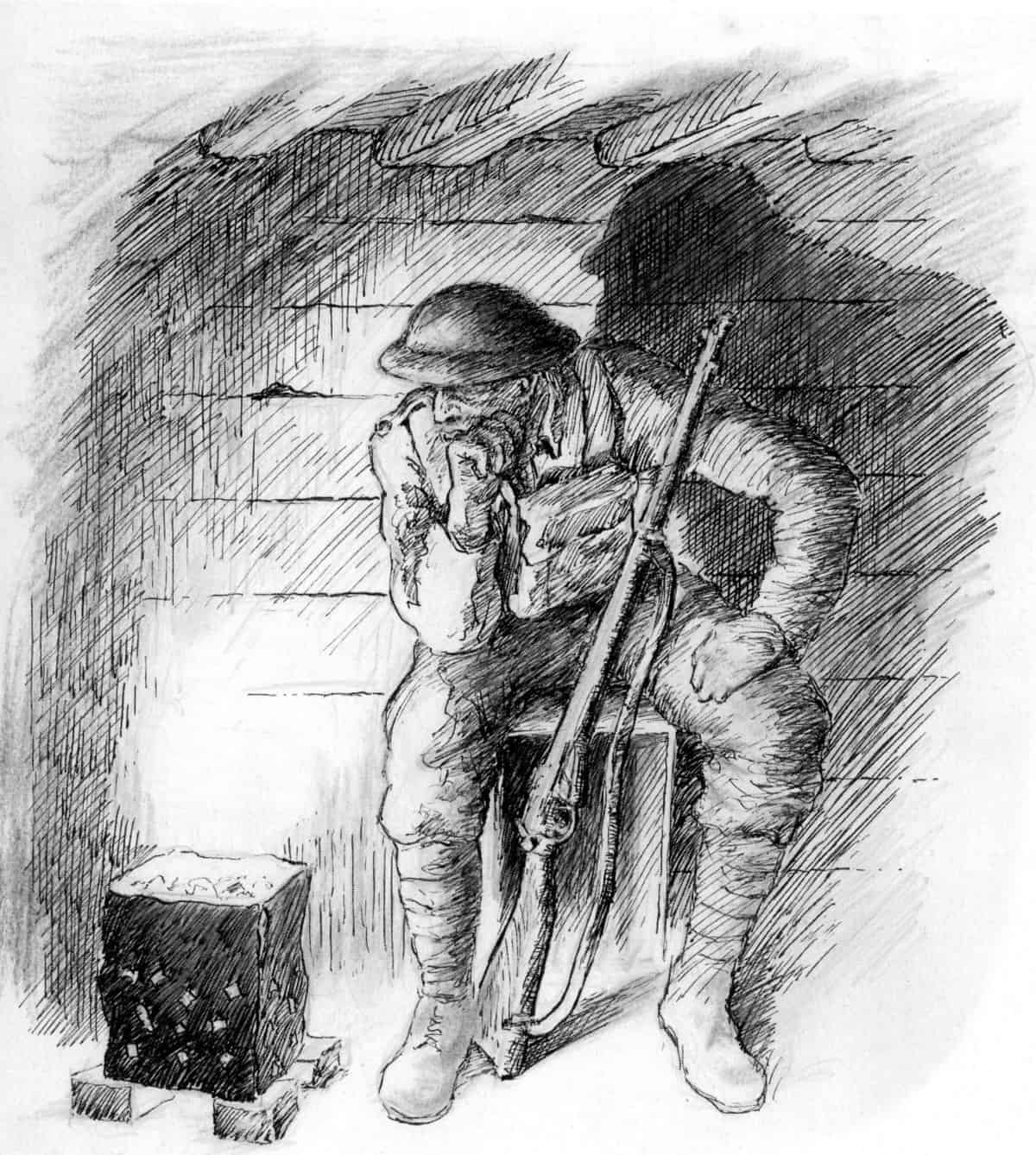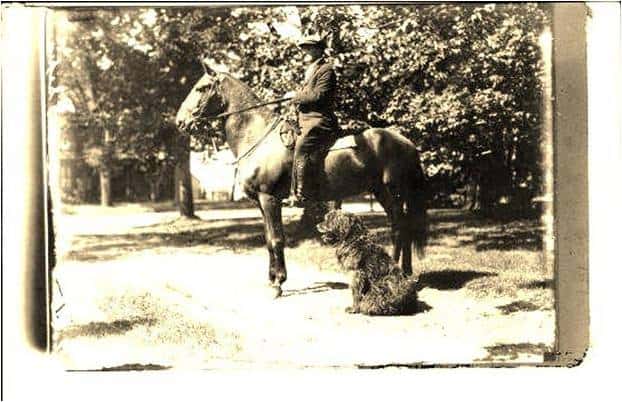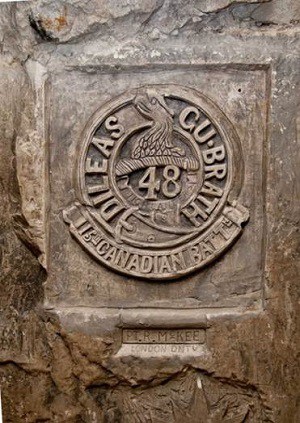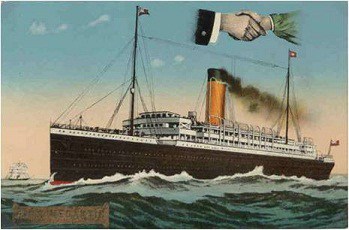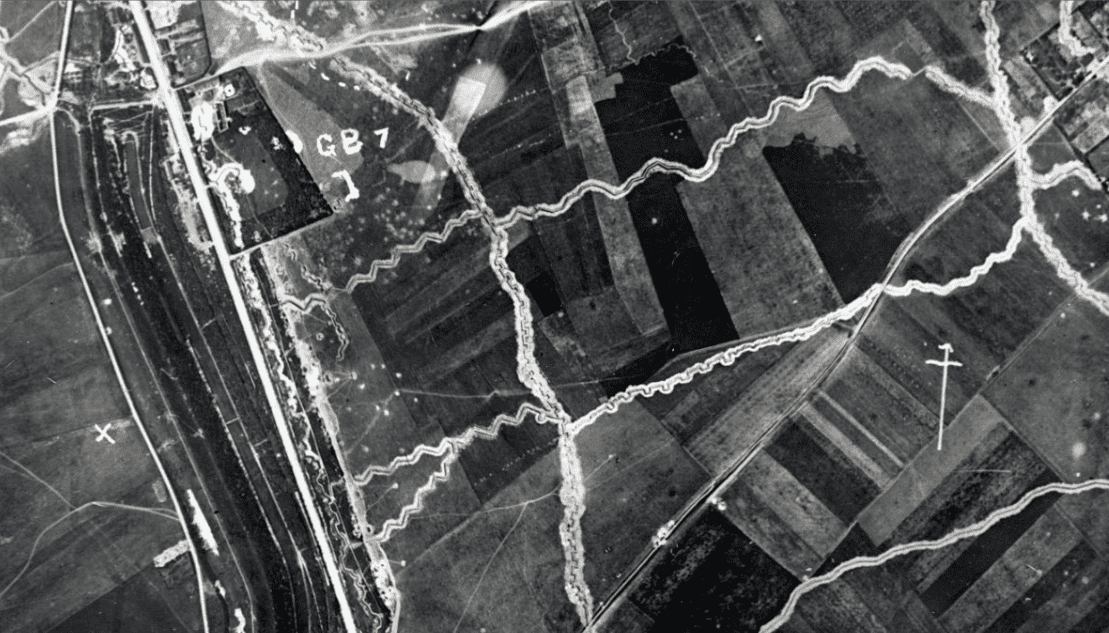Introduction: What are War Diaries?
The following is from the Library and Archives Canada (LAC) web site:
From the start of the First World War, Canadian Expeditionary Force (CEF) units were required to maintain a daily account of their “Actions in the Field.” This log was called a war diary. This collection contains the digitized war diaries of CEF infantry, artillery and cavalry units, brigade, division and corps commands and support units such as railway and forestry troops. It also includes the war diaries of several British units that served under Canadian command. For other British units, visit the website of The National Archives. (UK)
This collection does not include documents relating to the Royal Canadian Navy or Canadians in flying corps, except for two pages from June 1916 for the Royal Flying Corps. In addition, units were only required to record their “Actions in the Field.” Therefore, you will find very few war diaries for periods during which units mustered in Canada, shipped to Europe or trained in England.
These are not personal diaries. War diaries rarely record information about individual men. This is because war diaries were never intended to document individual service, and also due to the size of the unit to which a single war diary referred. For example, infantry diaries were recorded by battalions, which consisted of approximately 1,000 men. Artillery diaries were most often kept by brigades, which numbered about 4,000 men. Command-level diaries recorded tactical and strategic information.
A war diary provides the most complete first-hand record of how and where that unit was deployed, and the wartime experiences of its individual members.
The information found in the war diaries varies greatly and is dependent on the ability of the junior officer responsible for writing the war diary on a day-to-day basis. Because of this variation, you may find a detailed account of a battalion’s involvement in a battle, a description of training exercises, or simply a sentence describing the weather.
In addition to the war diary form, units were required to attach copies of the administrative documents they received. These appendices include a variety of “General Orders” that regulated routine aspects of military life like rations, transfers, discipline and promotions.
In preparation for an attack, units received detailed “Operation Orders,” which outlined the unit’s roles and objectives, as well as other essential information like maps, intelligence reports, artillery timetables and code names.
Longer narratives of events and reports on operations may also be found as appendices to some war diaries. Researchers should note that not all of these appendices are found in each war diary.
How to interpret the diaries
War diaries were written by hand or typed on a standard legal-sized form that included columns headed “Place,” “Date,” “Hour,” “Summary of Events and Information” and “Remarks and References to Appendices.” Although the form outlined what information to capture, every unit interpreted what constituted a “historical record” somewhat differently, meaning that the richness of information that researchers can find in these war diaries varies greatly from unit to unit.
These differences appear principally in the “Summary of Events and Information,” the heading under which a narrative account of the unit’s experiences was written. The information recorded in this column relied heavily on the writing style and ability of the person responsible for completing the war diary. In some war diaries, this column is a terse, point-form record of the most basic facts, while others contain lengthy, graphic and moving first-hand descriptions of life in the front lines and during trench warfare.
How to read the war diaries
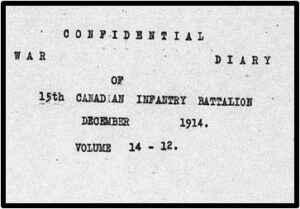
While the LAC resource is excellent, it is designed as a general finding aid and is not well suited to transcription. The Canadian Great War Project (CGWP) has developed a viewer to make reading of the war diaries easier. Click the image to the right to access the viewer.
Note that the diaries are organized by date, and you cannot search for text within the PDF files. The image below shows the 15th Battalion war diary page for the Battle of Vimy Ridge. Note the following:
- You must select the unit from the dropdown field at the top of the viewer. Start by typing “15th Canadian.”
- Select the month and the year and then press the Filter button.
- Select a page. Navigate to different pages using the list of pages on the left or by clicking on one of the buttons indicated by the blue arrow.
- Navigate up and down each page using the buttons indicated by the red arrow.
- Click the magnifying glass to zoom in or out.
